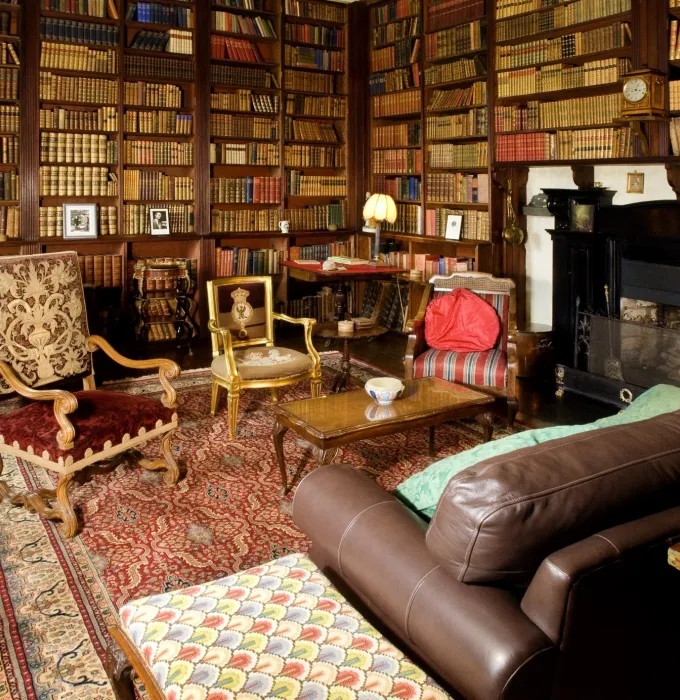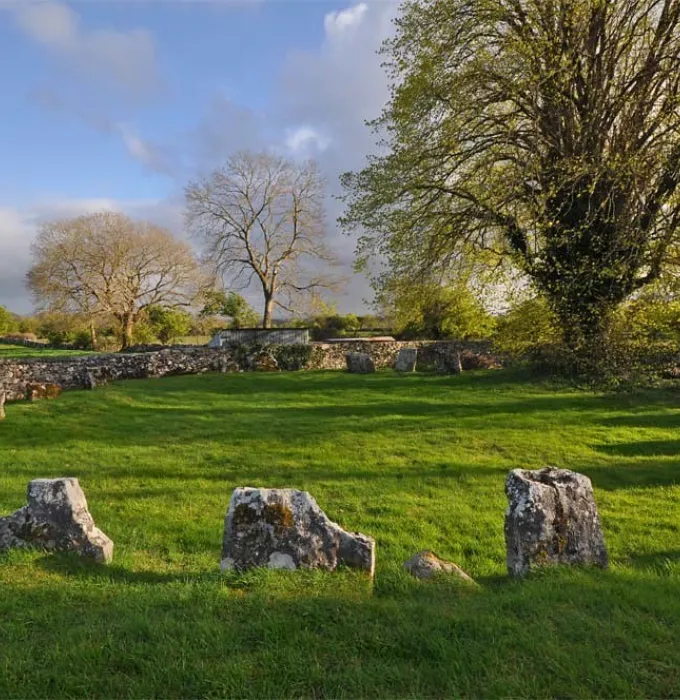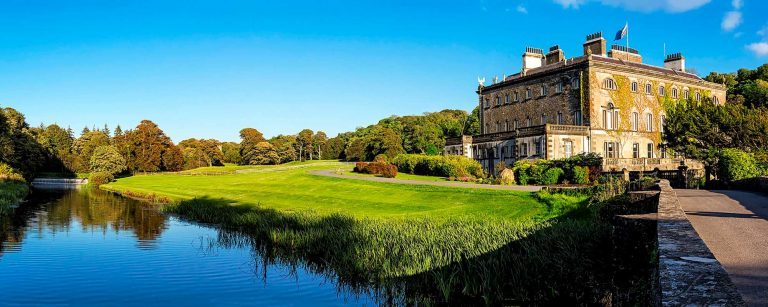
The stories behind five place names around Westport
What's In The Name?
1. Westport
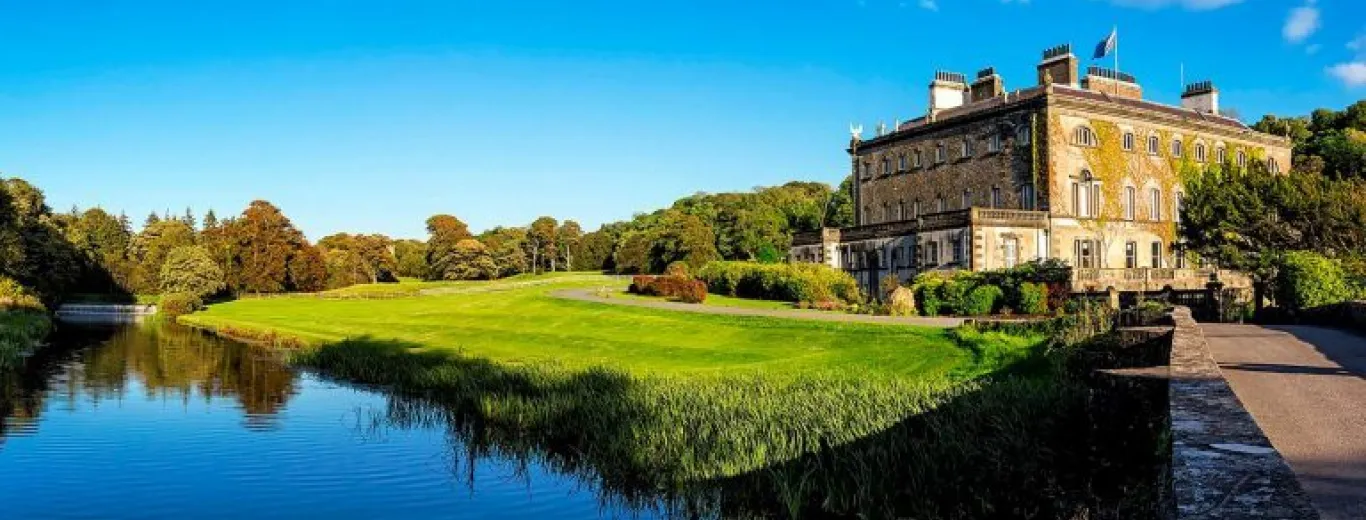
The English name ‘Westport’ dates from around 1780. However, references to the town by its Irish name, Cathair na Mart, go back a good two centuries earlier. It was referred to as Cathair na Mart in the Annals of the Four Masters (c. 1583), and later Anglicised as Cahernamart in a letter from Sir Richard Bingham (1592) and as Cahernamarte in the Strafford Survey of Co Mayo in 1635.
Cathair na Mart, or Stone Fort of the Beeves, refers to a 16th-century castle owned by the powerful sea-faring O’Malley family, who controlled the Clew Bay area. The most famous of the O’Malley clan was of course the strong Pirate Queen Grace O’Malley, chieftain of the clan and ancestor of the Brownes of Westport House.
The castle forms the foundations of Westport House, and amazingly, a portion of it is still visible in the building’s dungeons. The historic home, open to the public, is situated in a magnificent parkland setting, with a lake, terraces and gardens overlooking Clew Bay, not to mention an adventure park for lots of pirate-based family fun.
2. Murrisk
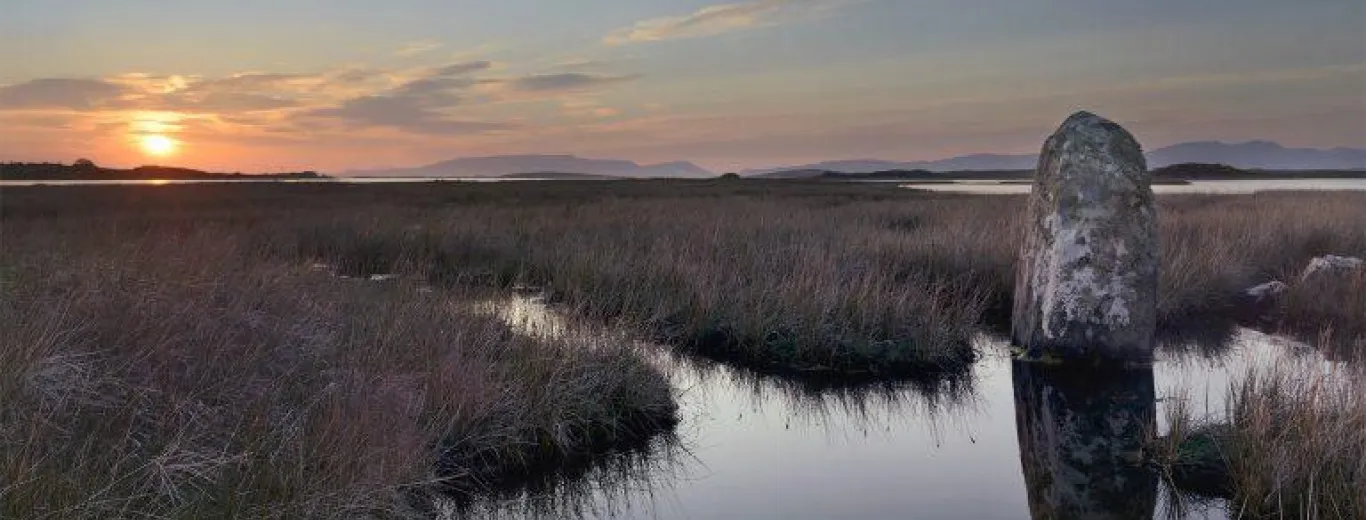
Murrisk lay at the centre of Umhall, one of the old Irish Kingdoms of Connacht. Meaning ‘low’, Umhall referred to the land between Clew Bay and Killary to the south, part of the lands ruled by the O’Malley clan. The name Murrisk is an Anglicisation of old Irish – either ‘Muir-Iasc’, a sea monster worshipped by people in Pagan times, or ‘Muir-Riasc’, a marsh by the sea. The latter does seems more plausible, if a little less colourful.
Murrisk does boast an amazing sea marsh. Not only is it a haven for wildlife, it contains an archaeological complex that dates to the Bronze Age, and contains a circular enclosure and a mysterious row of five standing stones. Four of the stones are upright, while the fifth has fallen down. This last stone points towards Croagh Patrick.
Archaeologists believe these stones could be bronze-age burial markers, territorial markers or even key solar- and lunar-event markers. The most recognised theory is that they mark the winter solstice. The height of these stones increases from north to south drawing the eye up to a niche on Croagh Patrick’s slope. On December 21 each year, at about 1.50pm, the sun dips into this niche, directly in line with the row of stones; it rests there for about ten minutes before disappearing the far side of the mountain.
There is also a local legend about these stones. The King of Killadangan, Queen Maedb’s brother-in-law, sent a lazy servant called Thulera to the stones to check the upcoming tide, as he wanted to find a way to force the sea and tide under his command. However, the lazy servant fell asleep and both king and servant drowned.
Or maybe the sea monster ate them.
3. Aughagower
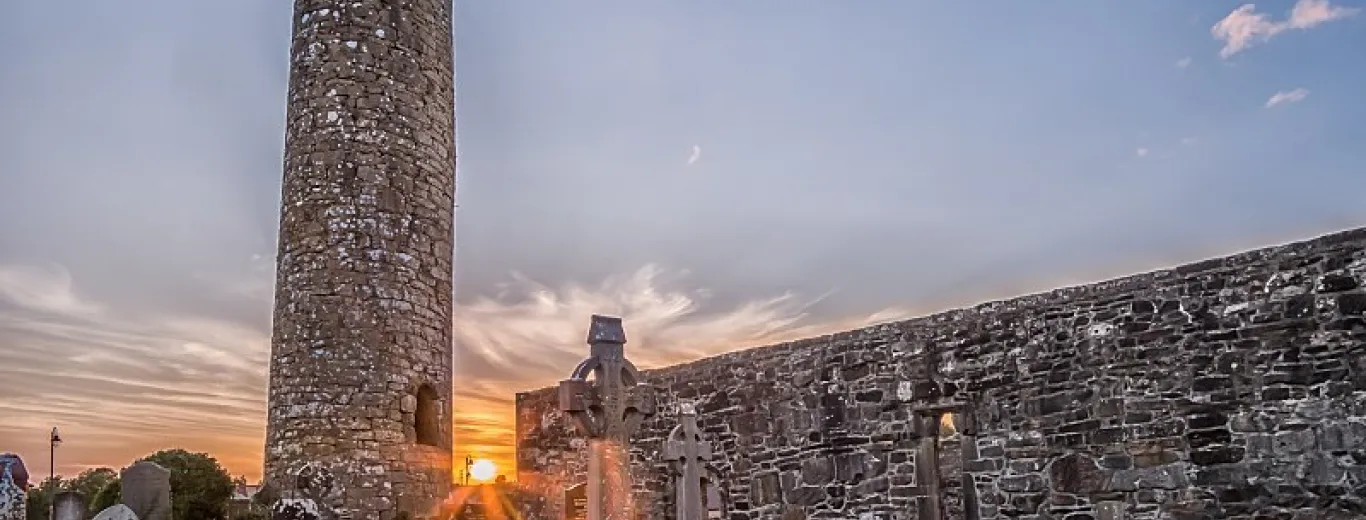
If you think you’re going to be tripping over goats when you visit Aghagower and its ancient round tower, you’d be wrong. Agha comes from Achadh, meaning ‘field’; and while ‘gobhair’ does mean ‘goats’, in this instance, ‘gowar’ actually refers to ‘ghobhair’ or ‘fhobhair’, which mean ‘spring’ – so Aughagower means Field of the Springs.
True enough, a crystal-clear spring did once flow up through the Well of the Deacons (Tobair na nDeachan), which can still be seen in the village today. Pilgrims would stop here to quench their thirst as they travelled to Croagh Patrick. Dabhach Phádraig (Patrick’s vat or tub) is also still in the village – a circular bath surrounded by a stone wall, which St Patrick is thought to have used as a washing place. Cleanliness is next to godliness after all.
Mulranny
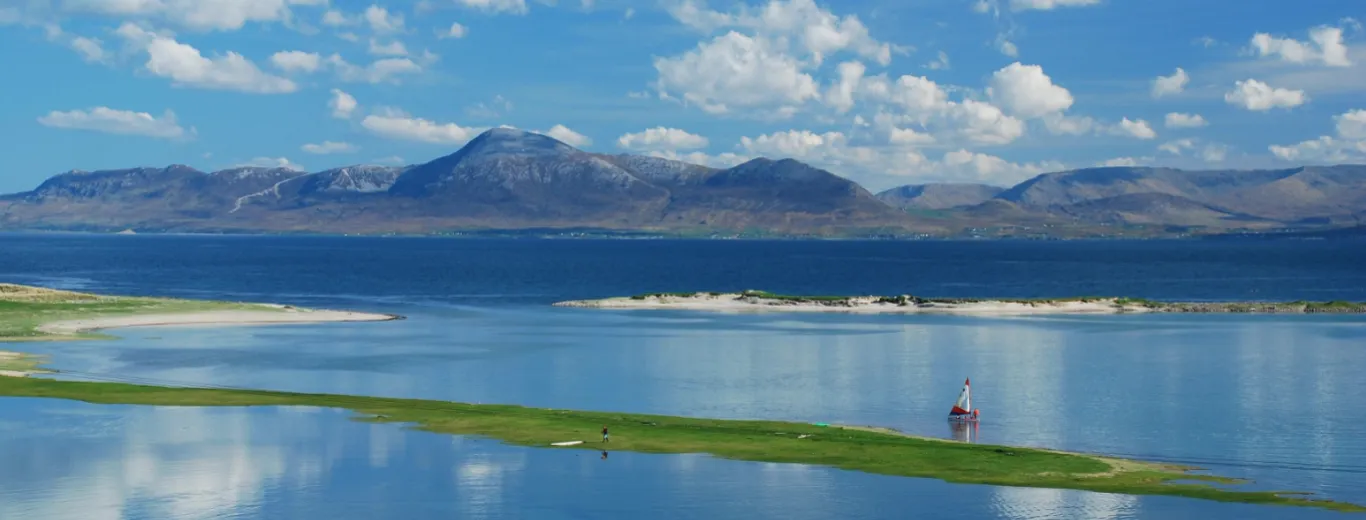
Mulranny (sometimes spelled ‘Mallaranny’) comes from the Irish term ‘Mhala Raithní’, meaning ‘the hill-brow of the ferns’. This gorgeous seaside village at the foot of the Nephin Mountain Range sits prettily on the N59, alongside the 42k Great Western Greenway.
With a name like that, it’s no surprise that the village and its surroundings are blessed with bountiful beautiful fauna, which include colourful giant fuchsias, atmospheric ferns and rare Irish heath (also known as Mediterranean Heather).
Ireland’s only stand of Mediterranean Heather is found above the seashore here, thriving in the area’s mild climate since the Ice Age. Its brittle evergreen foliage offers up deep-pink, honey-scented flowers in winter and spring. The latter is celebrated each summer during the Mulranny Mediterranean Heather Festival. Mulranny also boasts an EDEN (European Destination of Excellence) award – not hard to see why!
Ballintubber

Nestled at the foot of the Partry Mountains is the ancient and picturesque village of Ballintubber, which derives its name from the Irish ‘Baile an Tobair’ meaning the village of the well – St Patrick’s Well, no less. Before the patron saint’s time, it was known among pagan people as the Well of Creevagh (from ‘craobhnach’, meaning ‘shrubbery’), and it is said that it was the lush greenery around the well that first attracted the saint to the site.
When Patrick arrived in 441AD, he used its waters to baptise those who he converted to Christianity. Beside the well lies a stone that is believed to carry an imprint of the saint’s knee, where he knelt to pour water on the newly recruited Christians’ heads.
The well is located on the grounds of the magnificent Ballintubber Abbey, and open for viewing.













